Discover 7 safe, easy DIY small pet toys using household materials that provide essential enrichment for your furry friends while saving money. Perfect for hamsters, rabbits & more!
Table of Contents
Creating DIY small pet toys isn’t just a fun weekend project—it’s a wonderful way to ensure your furry companion stays mentally stimulated and physically active while saving money in the process. Whether you have a hamster, guinea pig, rabbit, or other small pet, handcrafted toys provide enrichment that’s tailored specifically to your pet’s needs and preferences. With concerns about commercial pet toy safety on the rise, more pet parents are turning to DIY alternatives using materials they can trust.
According to a 2024 survey by the American Pet Products Association, 68% of small pet owners report concerns about the safety of store-bought toys, and 42% have begun making their own toys at home. This growing trend isn’t just about safety—it’s about creating a deeper bond with your pet through personalized care.
In this comprehensive guide, we’ll walk you through seven safe, simple, and engaging DIY small pet toys that both you and your small companion will love. Each project uses readily available materials that are non-toxic and appropriate for small animals, with step-by-step instructions anyone can follow. Let’s get crafting!
What Makes a Good DIY Small Pet Toy?
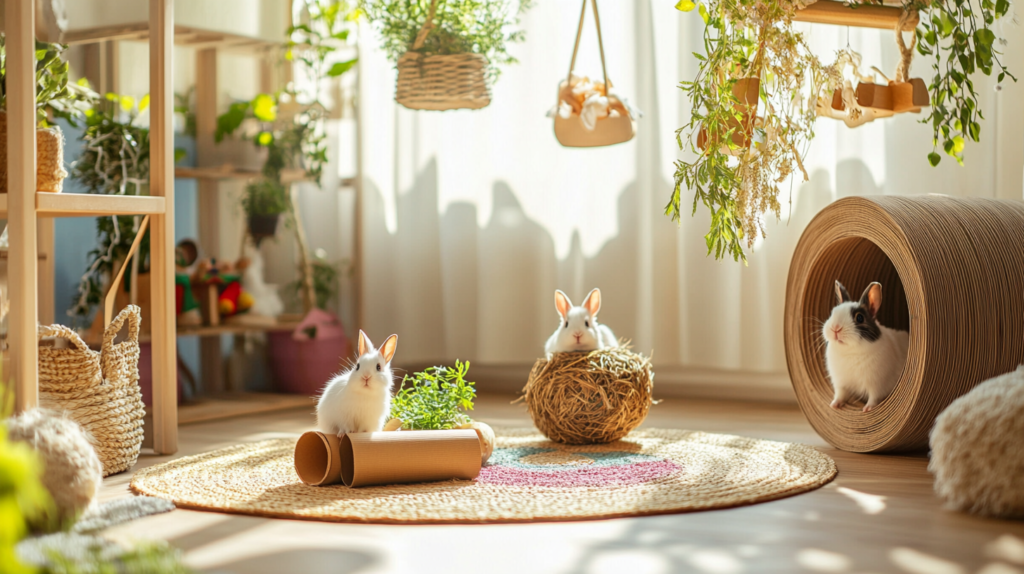
Before diving into specific projects, it’s important to understand what makes a toy both safe and engaging for small pets.
Safety First
Safety should always be your primary concern when creating DIY small pet toys. Dr. Amanda Chen, exotic pet veterinarian at Small Animal Wellness Center, explains: “Small pets explore their world through chewing and gnawing, so all toy materials must be non-toxic and free from harmful chemicals or dyes.”
Consider these safety guidelines:
- Avoid: Glues, adhesives, paints, treated woods, pine or cedar (which contain harmful oils), plastic components that could be chewed and ingested, strings or fibers that could cause entanglement, and any small parts that could be swallowed.
- Use only: Untreated woods (like apple, willow, or birch), natural untreated grasses and fibers, plain cardboard, unbleached paper, chemical-free loofah, and food-grade stainless steel.
Enrichment Value
The best DIY small pet toys offer more than just physical activity—they provide mental stimulation that satisfies your pet’s natural behaviors. According to animal behavior specialist Dr. Mark Thompson, “Small mammals need activities that allow them to perform natural behaviors like chewing, foraging, burrowing, and exploring. Toys that incorporate these elements significantly improve their quality of life.”
A truly enriching toy should:
- Challenge your pet’s problem-solving abilities
- Encourage natural behaviors like digging or chewing
- Provide varying textures and sensory experiences
- Be appropriately sized for your specific pet
Now, let’s explore seven fantastic DIY small pet toys that check all these boxes!
1. Cardboard Tube Treat Puzzle
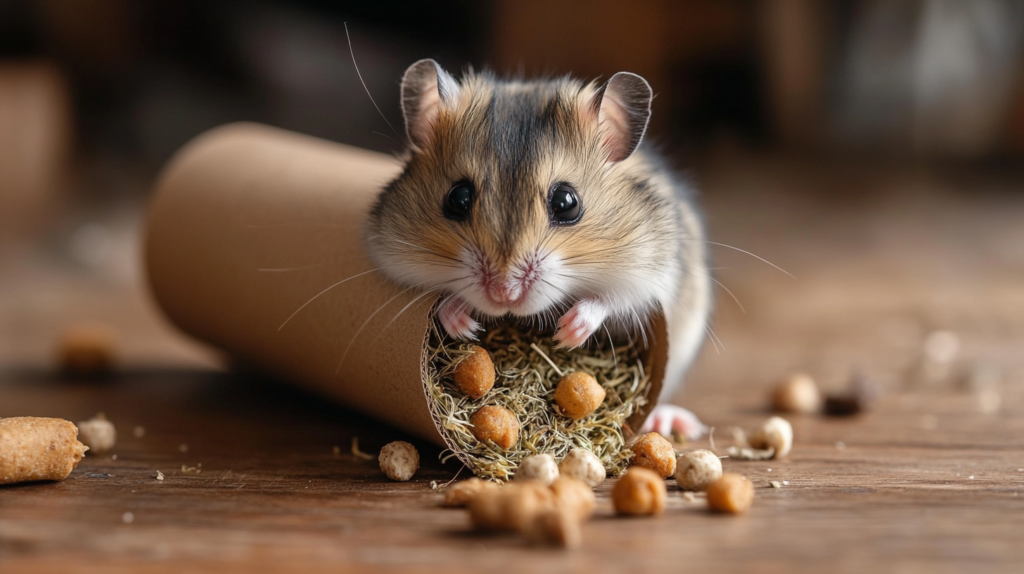
Materials Needed:
- Empty toilet paper or paper towel tubes
- Small pet-safe treats
- Timothy hay or other appropriate bedding material
- Scissors
- Pencil (for poking holes)
Instructions:
- Thoroughly inspect the cardboard tube to ensure it’s clean and free from glue residue or printing ink.
- Use a pencil to poke small holes throughout the tube. The holes should be large enough for your pet to smell the treats inside but small enough to present a challenge.
- Fold one end of the tube inward to close it off.
- Fill the tube with a mixture of hay and small treats.
- Fold the other end closed.
Why It Works:
This simple puzzle toy engages your pet’s natural foraging instincts. The Norwegian University of Life Sciences conducted research showing that small mammals spend up to 70% of their active time in the wild searching for food. Puzzle feeders like this mimic that natural behavior, providing mental stimulation along with a tasty reward.
The cardboard is safe for chewing and will eventually be destroyed—that’s part of the fun! Just be sure to remove any remaining pieces once your pet loses interest or the toy becomes too damaged.
Variations:
- For extra challenge, layer the treats between tightly packed hay
- For rabbits and larger small pets, use multiple tubes connected with non-toxic white flour paste
- Add dried herbs like chamomile or dandelion root for aromatic enrichment
2. Natural Wood Chew Mobile
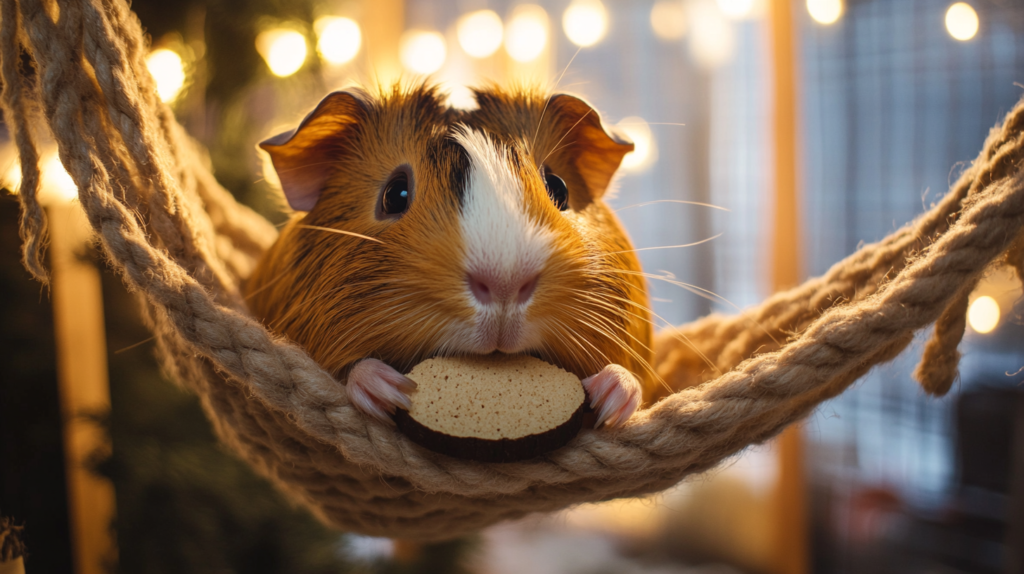
Materials Needed:
- Pet-safe wood pieces (apple wood, willow, or birch)
- Natural loofah slices
- Untreated sisal rope
- Drill with small bit
- Scissors
Instructions:
- Cut wood into various shapes and sizes, approximately 2-4 inches long.
- Sand all edges to ensure there are no sharp points.
- Drill small holes through each wood piece and loofah slice.
- Cut sisal rope into 5-6 inch lengths.
- Thread the rope through the holes and knot securely on each end.
- Attach all pieces to a main length of rope to create a hanging mobile.
- Hang the mobile where your pet can comfortably reach and interact with it.
Why It Works:
Chewing is essential for small pets—particularly for rodents whose teeth grow continuously throughout their lives. According to the Small Pet Veterinary Association, “Providing appropriate chew toys is not optional but necessary for dental health in small mammals with continuously growing teeth.”
This mobile combines the dental benefits of chewing with the excitement of movement and discovery. When your pet nudges or pulls at the mobile, the pieces move and bounce, creating an interactive experience.
Safety Tip:
Ensure the mobile hangs at an appropriate height where your pet can reach it but won’t become entangled. For smaller pets like hamsters, keep the mobile components very lightweight.
3. Grass Foraging Mat
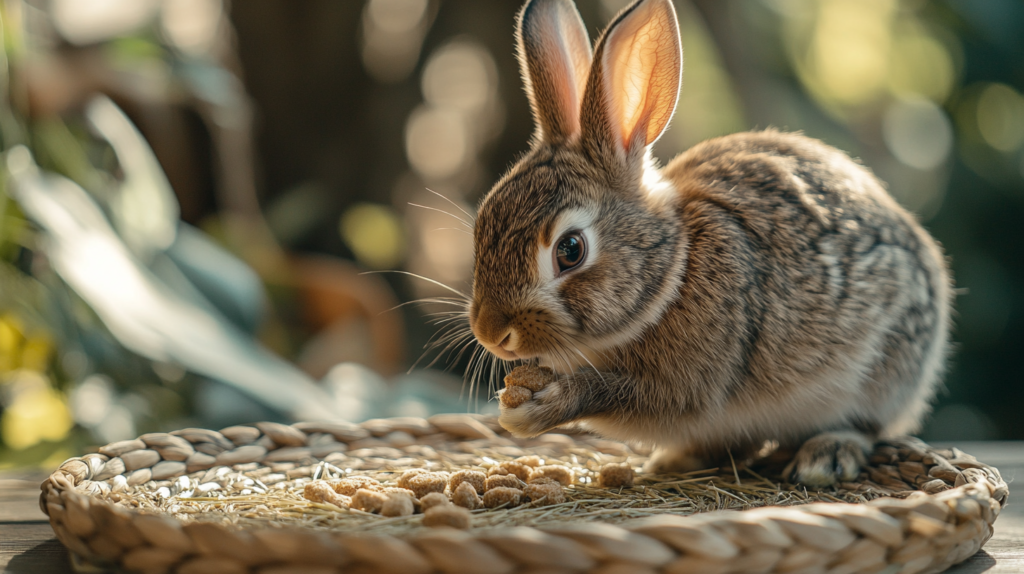
Materials Needed:
- Pet-safe dried grasses (timothy, orchard, or oat grass)
- Water to dampen the grass for weaving
- Small pet treats
- Baking sheet
- Optional: simple wooden frame
Instructions:
- Dampen the dried grass slightly to make it more pliable.
- If using a frame, start by laying strands of grass in one direction, then weave additional strands perpendicular to create a mat. If not using a frame, simply begin weaving the grass strands over and under each other.
- Continue weaving until you have a mat approximately 8-12 inches square.
- Allow the mat to dry completely on a baking sheet in a well-ventilated area or outdoors.
- Once dry, hide small treats throughout the weave of the mat.
Why It Works:
This foraging mat taps into your pet’s natural digging and searching behaviors. A 2023 study from the University of Edinburgh found that small mammals provided with foraging opportunities showed significantly lower stress hormones and increased activity compared to those with only standard feeding methods.
The texture of the mat also provides sensory enrichment as your pet explores different ways to interact with it—digging, chewing, and rearranging the material.
Maintenance:
These mats are meant to be destroyed over time as your pet interacts with them. Replace them when they become soiled or significantly torn apart. Since they’re made from natural materials, the remnants can typically be composted.
4. Willow Ball Surprise
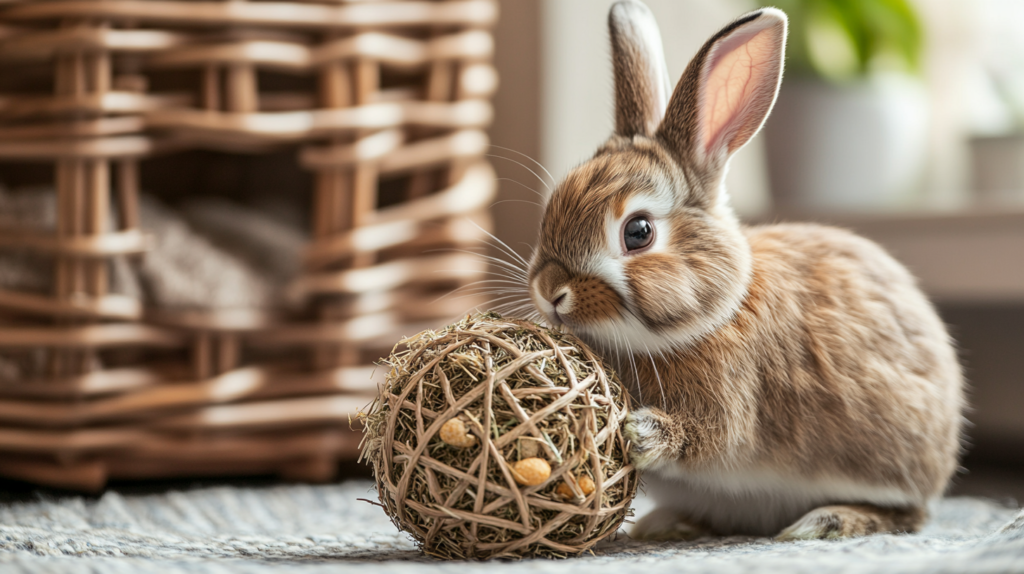
Materials Needed:
- Thin, flexible willow branches (sourced from pet stores or untreated yard trimmings)
- Timothy hay
- Small pet treats
- Bowl of water for soaking branches
- Garden scissors or pruners
Instructions:
- Soak willow branches in water for 1-2 hours to make them flexible.
- Cut branches into 10-12 inch lengths.
- Begin forming a sphere by gently bending 3-4 branches into arcs and weaving them together.
- Continue adding branches, weaving them in and out of your existing structure until you have a ball with small gaps between the branches.
- Before closing the ball completely, add treats and a small amount of hay inside.
- Finish weaving to close the ball, leaving small openings for your pet to extract the treats.
- Allow to dry completely before giving to your pet.
Why It Works:
This toy combines multiple benefits: the willow is safe for chewing, the ball shape encourages play and movement, and the hidden treats provide motivation for interaction. Jessica Miller, small animal enrichment specialist at Urban Pet Sanctuary, notes: “Willow balls are particularly effective because they combine the natural urge to chew with problem-solving as the pet works to extract treats from inside.”
Success Story:
BlithePet reader Maria S. shared: “My dwarf rabbit Calvin was losing weight and seemed depressed after his companion passed away. I started making these willow balls weekly, and his energy returned within days. He now spends hours rolling and tossing the ball, and his weight has stabilized.” This anecdote reflects the findings of a 2024 study in the Journal of Applied Animal Welfare Science showing that interactive toys can significantly improve mood and appetite in bereaved small pets.
5. Digging Box Paradise

Materials Needed:
- Shallow wooden or cardboard box (untreated)
- Variety of pet-safe digging materials:
- Coconut coir (not treated with fertilizers)
- Shredded unbleached paper
- Chemical-free soil (optional, for outdoor use only)
- Timothy hay
- Natural moss (pet-safe variety)
- Small treats to hide
Instructions:
- Ensure your box has sides tall enough to contain the materials but low enough for easy access (3-4 inches for most small pets).
- If desired, create dividers in the box using additional cardboard to separate different digging materials.
- Fill each section with a different substrate.
- Hide treats throughout the different materials.
- Place in your pet’s enclosure or use during supervised playtime.
Why It Works:
Digging is a fundamental behavior for many small mammals. Dr. Laura Wilson, animal behaviorist, explains: “In the wild, small mammals dig for food, create burrows for safety, and modify their environment. A digging box allows them to express these natural behaviors in captivity, reducing stress and increasing overall well-being.”
The varied textures provide sensory enrichment while the hidden treats encourage thorough exploration. According to research published in Applied Animal Behaviour Science, environmental enrichment through varied textures can reduce abnormal behaviors and increase activity levels in captive small mammals by up to 60%.
Important Considerations:
- Monitor the moisture level of natural materials to prevent mold growth
- Replace materials regularly to maintain hygiene
- For outdoor use only, chemical-free potting soil can be used (monitor to ensure your pet doesn’t consume large amounts)
6. Hanging Herb Bouquet
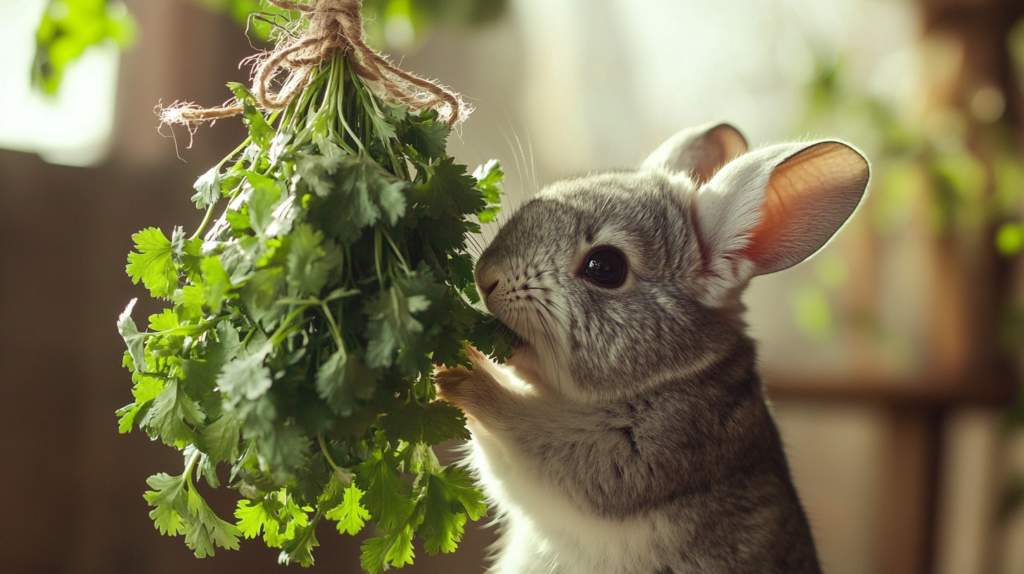
Materials Needed:
- Pet-safe fresh herbs (parsley, basil, cilantro, mint, dandelion greens)
- Untreated sisal twine
- Scissors
Instructions:
- Research which herbs are safe for your specific pet type—not all herbs are safe for all small animals.
- Wash herbs thoroughly and allow to dry completely.
- Gather herbs into a small bouquet, mixing varieties for different textures and flavors.
- Tie the stems together securely with sisal twine, leaving extra twine for hanging.
- Hang the bouquet at an appropriate height for your pet to reach while stretching slightly.
Why It Works:
This toy combines enrichment with nutrition. The hanging position encourages stretching and reaching, providing physical exercise. Meanwhile, the varied herbs offer different tastes and smells, stimulating your pet’s senses. A Cornell University study found that access to varied fresh herbs can increase exploration behaviors in small mammals by up to 40% compared to standard diets.
The American Exotic Mammal Veterinary Association notes that “controlled access to a variety of fresh herbs provides not only enrichment but also dietary phytonutrients that may contribute to overall health.”
Pet-Safe Herbs Chart:
| Herb | Safe for Guinea Pigs | Safe for Rabbits | Safe for Hamsters | Safe for Rats | Notes |
| Basil | Yes | Yes | Yes | Yes | Rich in vitamin K |
| Cilantro | Yes | Yes | Yes | Yes | High in vitamin C |
| Mint | Yes | Yes | In moderation | Yes | May help digestion |
| Parsley | In moderation | In moderation | In moderation | Yes | High in calcium |
| Dill | Yes | Yes | Yes | Yes | Good for gas relief |
| Dandelion | Yes | Yes | Yes | Yes | Natural diuretic |
| Rosemary | In moderation | In moderation | No | In moderation | Strong scent |
7. Tunnel and Tower System

Materials Needed:
- Various cardboard tubes (toilet paper, paper towel, or mailing tubes)
- Small cardboard boxes
- Scissors
- Non-toxic flour and water paste (as glue)
- Timothy hay for stuffing
Instructions:
For the Paste:
- Mix 1 part flour with 2 parts water until smooth.
- Heat in a saucepan over medium heat, stirring constantly until thickened.
- Allow to cool completely before use.
For the Tunnel System:
- Cut openings in the sides of cardboard boxes to create entrances and exits.
- Connect tubes to these openings using your flour paste.
- Create a network of passageways, vertical towers, and chambers.
- Allow the structure to dry completely before use.
- Stuff some sections lightly with hay for added interest.
Why It Works:
Complex tunnel systems appeal to the burrowing instincts of many small pets. A 2023 study by the Small Animal Enrichment Institute found that environments with multiple pathways and hidden chambers reduced stress behaviors in small mammals by 45% compared to standard enclosures.
The varied terrain provides both physical exercise and cognitive stimulation as your pet learns to navigate the system. The American Association of Small Pet Veterinarians recommends tunnel systems as “excellent physical therapy for aging small pets, encouraging movement while providing security.”
Tips for Success:
- Make tunnels appropriately sized for your pet—they should be able to turn around comfortably
- Include multiple exits to prevent anxiety
- Create both tight spaces for security and open chambers for exploration
- Replace components as they become soiled or damaged
DIY Safety Considerations
While creating DIY small pet toys is rewarding, safety must remain the top priority. According to pet toxicologist Dr. Samantha Reid, “The biggest risks in DIY toys come from materials pet owners don’t realize are harmful—certain adhesives, treated woods, and some natural materials toxic to specific species.”
Materials to Avoid:
- Pine and cedar woods: These contain phenols that can cause respiratory and liver damage in small pets
- Any treated woods: Including plywood, pressure-treated lumber, or wood with finishes
- Toxic plants: Research any plant material thoroughly before incorporating it
- Glues and adhesives: Most commercial glues contain toxic chemicals
- Fabric with loose threads: Can cause intestinal blockages if ingested
- Small plastic parts: Choking hazards if chewed off and swallowed
- Metal components: Can cause injuries or be ingested
- Dyed or printed materials: May contain toxic inks or dyes
Signs Your Pet May Have Ingested Something Harmful:
- Lethargy or unusual inactivity
- Changes in eating habits
- Abnormal droppings (diarrhea or constipation)
- Excessive drooling
- Difficulty breathing
- Unusual posture or apparent discomfort
If you notice any of these signs, contact your exotic pet veterinarian immediately. The Small Animal Veterinary Association reports that prompt intervention in cases of toxin ingestion can increase survival rates by up to 80%.
Best Practices for Introducing New DIY Toys
Introducing new toys properly helps ensure your pet will engage with them safely. Follow these expert-recommended steps:
- Supervise first interactions: Always monitor your pet with a new toy initially to ensure they interact with it safely.
- Introduce one toy at a time: This helps you identify any potential issues and prevents overwhelming your pet.
- Consider your pet’s personality: According to small animal behaviorist Dr. Emma Johnson, “Some pets are naturally more cautious than others. Respect your pet’s temperament by placing new items near familiar spaces rather than directly in their favorite resting area.”
- Rotate toys regularly: Research from the Exotic Pet Wellness Center suggests rotating toys every 7-10 days to maintain interest. Store unused toys in a clean, dry place.
- Check toys regularly: Inspect all DIY toys frequently for damage, especially items meant for chewing. Remove any toys that show signs of significant wear or damage.
The Benefits of DIY vs. Store-Bought Toys
Creating your own pet toys offers several advantages over commercial alternatives:
Cost Effectiveness
The average small pet owner spends approximately $120-180 annually on commercial toys, many of which are quickly destroyed. DIY alternatives can reduce this cost by up to 80% while providing similar or superior enrichment value.
Environmental Impact
Commercial pet toys often come with excessive packaging and may contain non-biodegradable materials. DIY alternatives typically use natural, compostable materials and repurpose items that might otherwise be discarded.
Customization
Every pet has unique preferences and needs. DIY toys can be tailored specifically to your pet’s size, species, age, and individual personality. As veterinary behaviorist Dr. Carlos Mendez notes, “The ability to modify and adapt toys based on your specific pet’s interaction style is perhaps the greatest advantage of DIY enrichment.”
Bonding Opportunity
Creating toys for your pet strengthens the human-animal bond. A 2024 survey by the Companion Animal Psychology Association found that pet owners who regularly created enrichment items for their animals reported stronger emotional connections and greater satisfaction with pet ownership.
FAQ Section
Q: How often should I replace DIY small pet toys?
A: Chew toys should be replaced as soon as they show significant wear or damage. Foraging toys should be refreshed whenever they become soiled or your pet loses interest. Generally, paper or cardboard toys last 1-2 weeks with active use, while hardwood items may last months. Regular inspection is key—replace any toy that has sharp edges or pieces that could be swallowed.
Q: Are there any household items I should absolutely never use in DIY pet toys?
A: Yes, never use items containing glues, adhesives, paints, varnishes, or stains; treated woods; items with small plastic parts that could be chewed off; string or yarn; rubber bands; paper clips; staples; or any materials printed with metallic inks. Additionally, avoid any items that have been in contact with cleaning chemicals or pesticides.
Q: My pet doesn’t seem interested in the DIY toys I make. What am I doing wrong?
A: Try incorporating your pet’s favorite treats into the toy, using materials with interesting textures or smells, or placing the toy in an area your pet frequents. Sometimes simply modeling play behavior can spark interest. If your pet continues to show no interest, consider their natural behaviors—some species prefer digging while others prefer climbing or chewing—and adjust your DIY projects accordingly.
Q: Can I wash or clean DIY pet toys?
A: Most natural material toys cannot be effectively cleaned once soiled and should be replaced instead. For wood items that aren’t heavily soiled, you can gently brush off debris and place in direct sunlight for a few hours, which provides some natural sanitizing effects. Never use cleaning chemicals on pet toys, as residues may be harmful if ingested.
Q: Is there any benefit to making toys versus buying them from pet stores?
A: DIY toys offer several benefits: cost savings, environmental sustainability, customization to your pet’s specific preferences, and the ability to know exactly what materials are in your pet’s toys. Plus, creating toys for your pet can be a rewarding hobby that strengthens your bond.
Q: How can I tell if my small pet is getting enough enrichment?
A: Signs of adequate enrichment include: normal activity levels, absence of stereotypic behaviors (bar chewing, excessive grooming, pacing), healthy appetite, normal weight, and visible engagement with their environment. A well-enriched pet will display natural behaviors like exploration, play, and proper rest cycles.
For more expert pet care tips and product recommendations, visit BlithePet.com — your trusted source for pet wellness.
Conclusion
Creating DIY small pet toys offers tremendous benefits for both you and your furry companion. These seven projects provide excellent starting points for enriching your pet’s environment while ensuring their safety and well-being. From cardboard puzzles to natural chew toys, each project encourages natural behaviors and mental stimulation that contribute to a happier, healthier pet.
Remember that the best enrichment comes from understanding your specific pet’s needs and preferences. Observe how they interact with different toys and materials, and adjust your DIY projects accordingly. Regular rotation and variety will keep your pet engaged and interested in their environment.
By investing time in creating safe, stimulating toys for your small pet, you’re not just saving money—you’re providing personalized care that honors their natural instincts and behaviors. The reward is a more active, engaged, and contented companion.
Have a similar experience with your DIY small pet toys? Share it in the comments below!

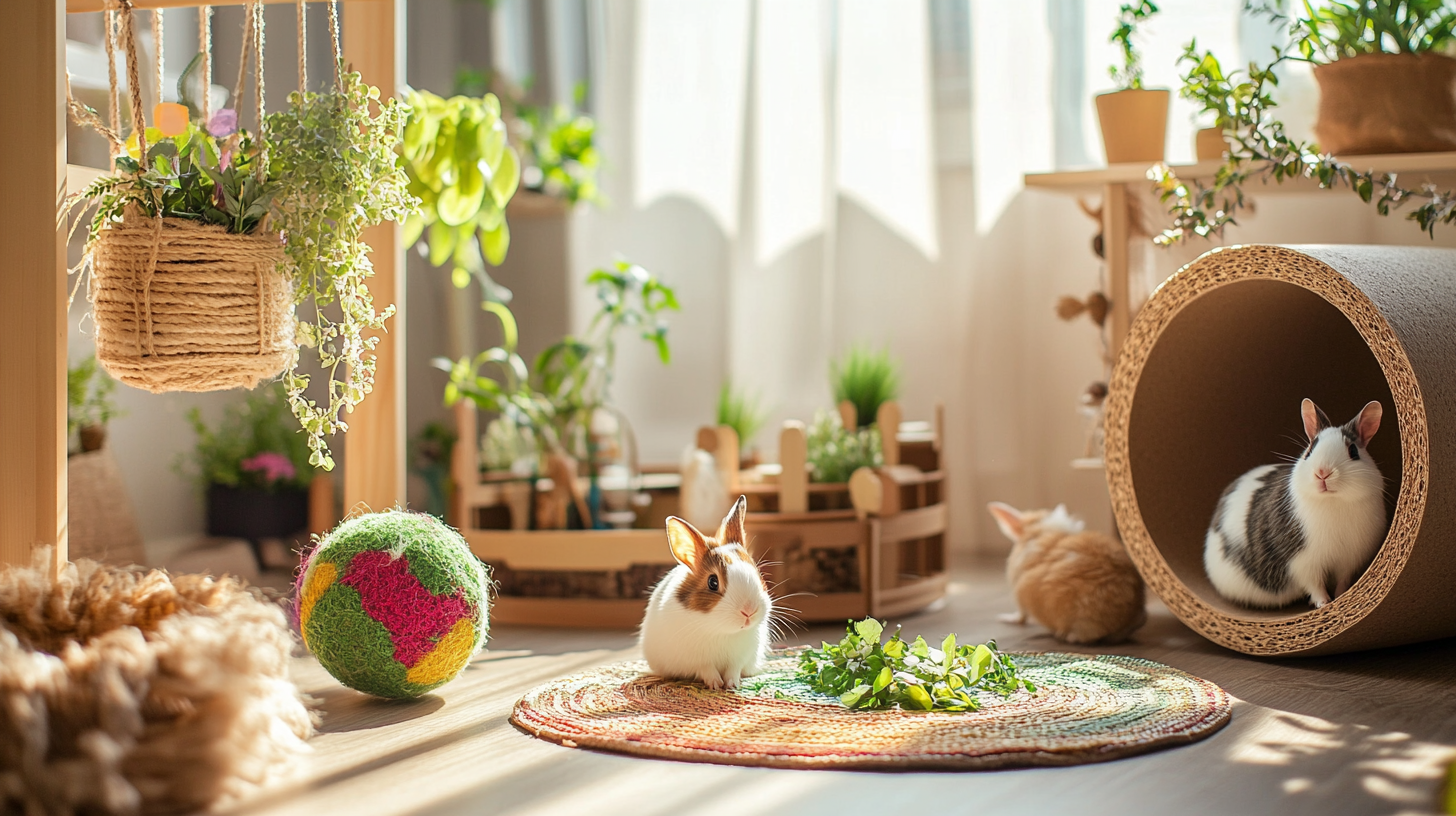

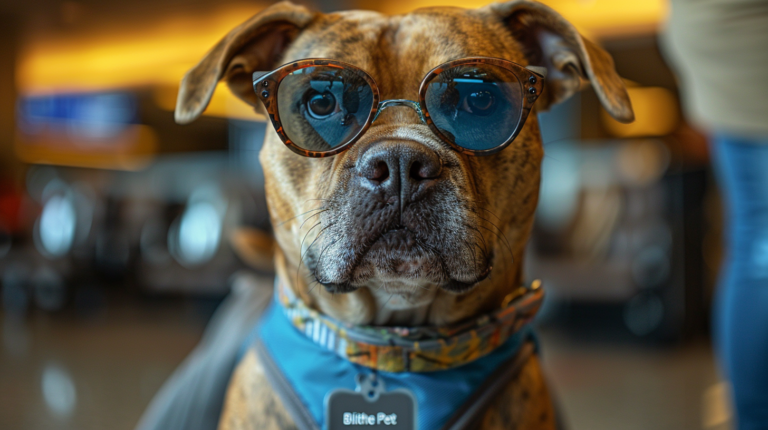
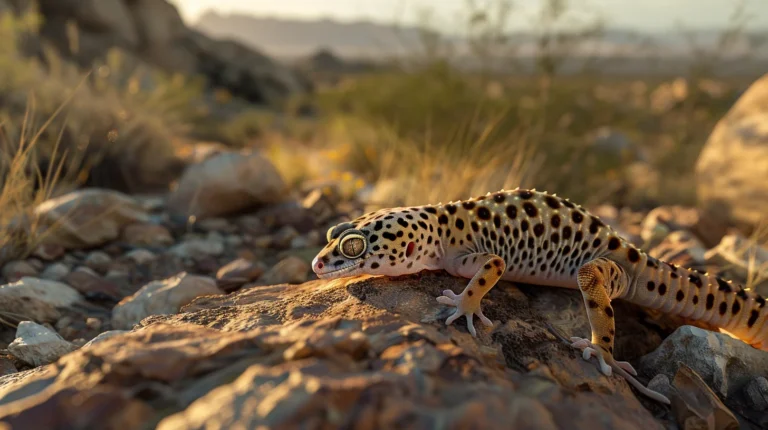
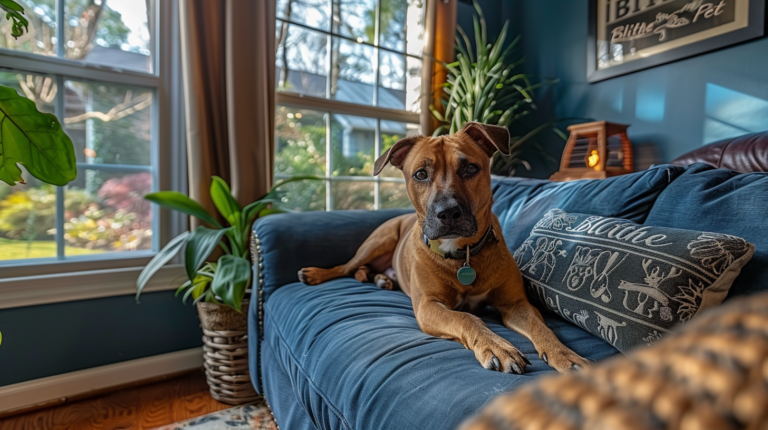


Leave a Reply